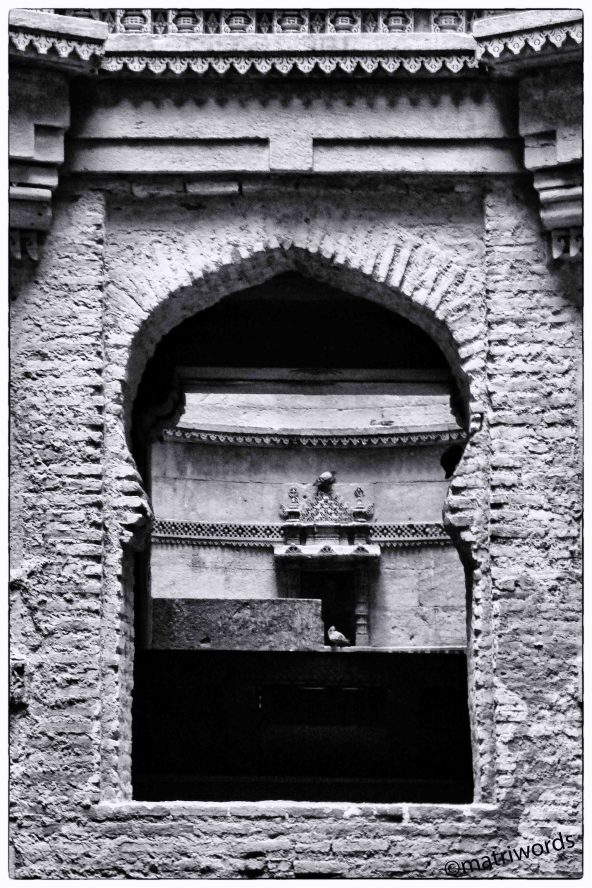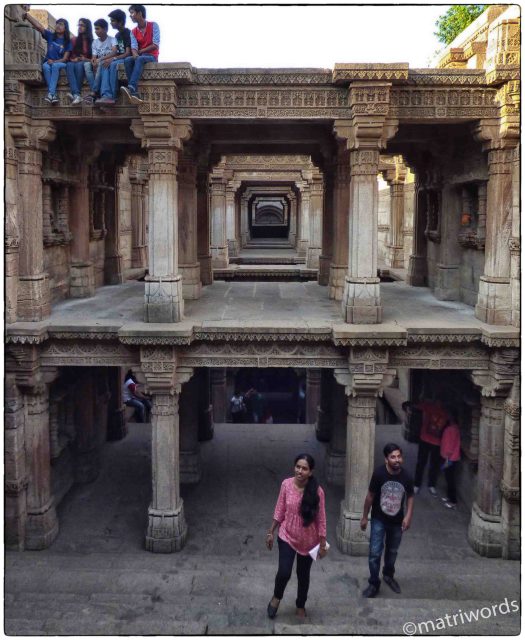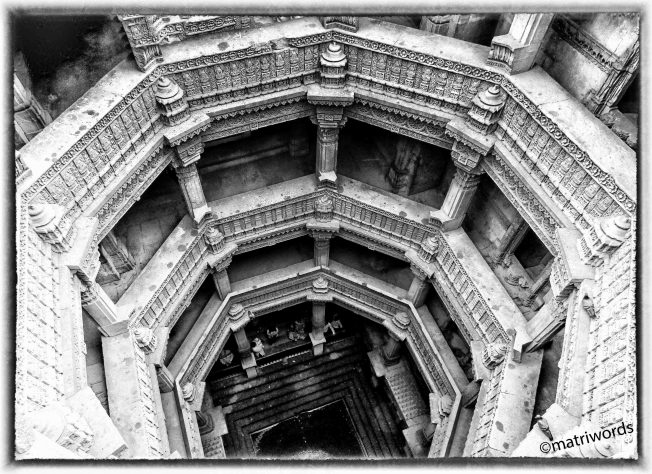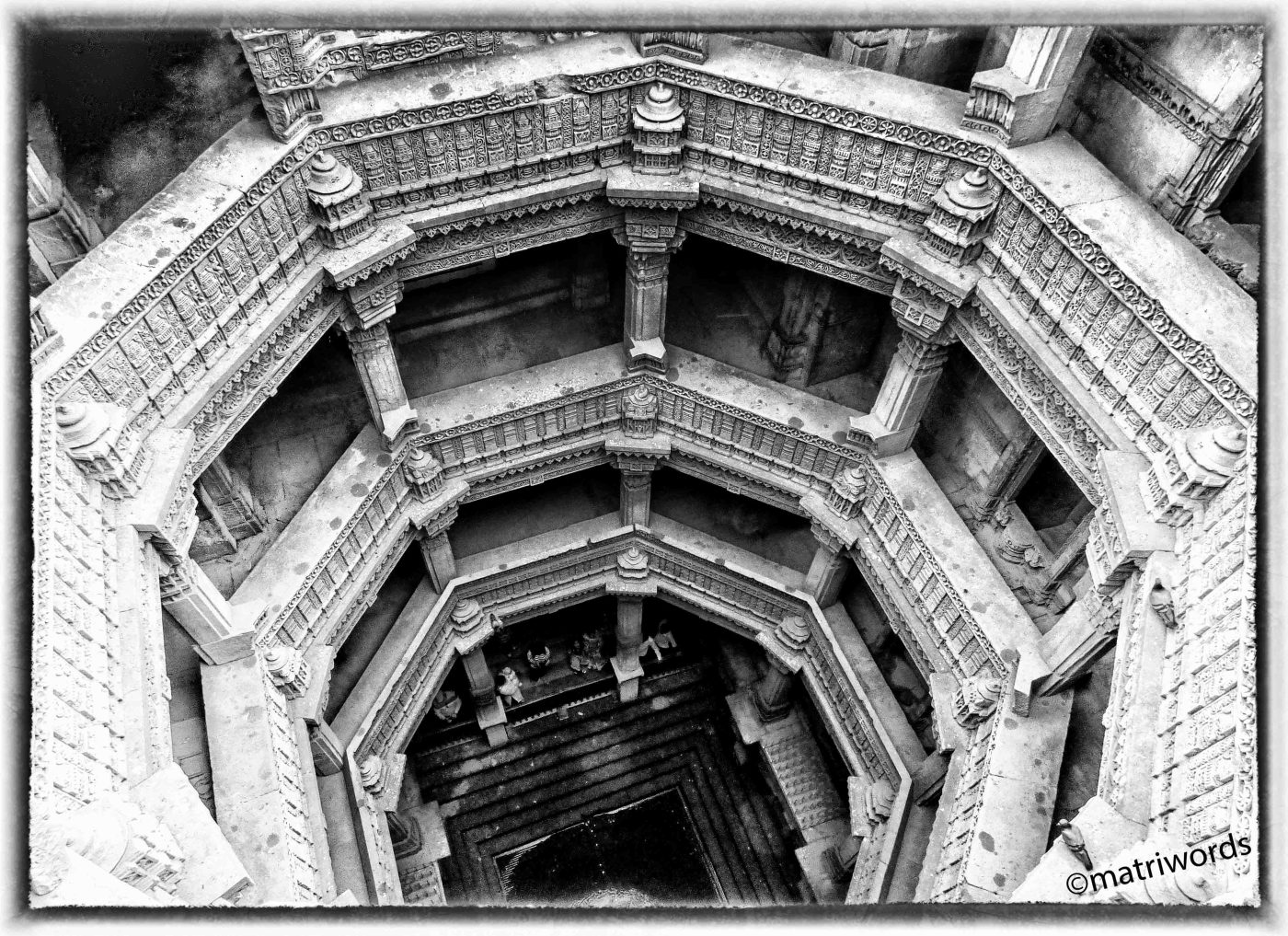Significance of water as a primary basis for all human settlement and habitation is undeniable. From the times when people lived in small clans to when they grew to rural settlements to building towns and cities, all human civilization happened near the sites where water was readily available. People throughout the world devised indigenous ways to harvest, store and manage the available water resources.
In the Indian subcontinent, a wide variety of engineering and water-related systems were developed at different geographic locations over different periods. From the period as early as 3rd to 2nd millennia BC, there is evidence of rubble dams built in Baluchistan, parts of Gujarat and near Karachi. Archaeological studies have also unearthed a high degree of hydraulic engineering skills demonstrated in the urban sites of the Harappan Civilisation, such as Mohenjodaro, Lothal, Dholavira, Kalibangan etc.
India’s rich, technologically excellent and varied hydraulic tradition has been demonstrated in plenty of evidence found in many regions for a wide range of effective rain-water harvesting, collection, storage, and management strategies. This includes rotated use of ponds, building of stepwells, kunds, dams, kuhls, temple tanks, basins and other water-related architecture.
Stepwells represent one such water-management strategy. The first rock-cut stepwells in India are dated from 200 AD to 400 AD. The ornate stepwells of Rajasthan and Gujarat are engineering and architectural marvels in their own right.
For this month’s photo-feature we take our readers on a visual tour of one such marvel.
Photographer: Suhas Mehra. Please do not use any of the photographs without explicit permission. Text research: Beloo Mehra.
Unity of idea and design is the first requisite in architecture as in any other art.
~ Sri Aurobindo, CWSA, Vol. 27, p. 677

Located in the village of Adalaj, close to Ahmedabad city in the state of Gujarat, the intricately carved and five stories deep Adalaj ni vav (vav in Gujarati means stepwell) stands as an amazing example of Indo-Islamic fusion architecture work.

Built between 5th and 19th centuries, such stepwells, also called stepped ponds, were once integral to the semi-arid regions of Gujarat as they provided water for drinking, washing and bathing. These wells were also venues for colourful festivals and sacred rituals. Over 120 such wells are reported in Gujarat alone, of which the well at Adalaj is one of the most popular.

Stepwells are also found in more arid regions of the Indian subcontinent to collect rain water during seasonal monsoons. While many such structures are utilitarian in construction, they sometimes include significant architectural embellishments, as in the Adalaj stepwell. In the past, these stepwells were frequented by travellers and caravans as stopovers along trade routes. (Wikipedia)

The stepwells in Gujarat have survived so long because of the builder’s knowledge of the soil conditions and the earthquake proneness of the region. The well size recommended, based on considerations of stability, was of four to thirteen hasta (‘hasta’ a Sanskrit word, which means “forearm” of size varying from 12–24 inches (300–610 mm)). A size of eight hasta was considered ideal and a 13 hasta well was considered dangerous. However, the well thickness from top to bottom remained generally uniform. By the 11th century, the stepwell planning and design acquired architectural excellence and the Hindu stepwells were standardized. (Wikipedia)

Architecture, sculpture and painting, because they are the three great arts which appeal to the spirit through the eye, are those too in which the sensible and the invisible meet with the strongest emphasis on themselves and yet the greatest necessity of each other. The form with its insistent masses, proportions, lines, colours, can here only justify them by their service for the something intangible it has to express; the spirit needs all the possible help of the material body to interpret itself to itself through the eye, yet asks of it that it shall be as transparent a veil as possible of its own greater significance.
~ Sri Aurobindo, CWSA, Vol. 20, p. 270
Near the eastern entry to the well, in a recess on the first floor we find a Sanskrit inscription which gives the history of the Adalaj stepwell. Its construction was started by Rana Veer Singh of the Vaghela dynasty of Dandai Desh, but was completed by the Muslim ruler Mahmud Begada in 1499.

As per the Adalaj legend, Rana Veer Singh, a Hindu ruler of the Vaghela dynasty reigned over the territory known as Dandai Desh during the 15th century. His kingdom was attacked by Mahmud Begada, the Muslim ruler of a neighboring kingdom. Rana Veer Singh was killed and his territory was occupied by the invader. Rana’s widow, a beautiful lady, Rani Roopba, though in deep grief at the death of her husband, agreed to a marriage proposal made by Mahmud Begada on the condition that he would first complete the building of the stepwell that was started by Rana.

Deeply enamoured of the queen’s beauty, Begada agreed to the proposal and got the well built in record time. But after the well was completed, it is said that the queen having achieved her objective of getting the stepwell completed declined to marry Begada and instead decided to end her life as mark of devotion to her husband. She circumambulated the stepwell, said her prayers and jumped into the well.

One version which is narrated in the 200-years old scriptures of Swaminarayan sect suggests that before she died, Rani Roopba requested religious saints to take bath in this stepwell so that the water in the stepwell gets purified by these saints thereby delivering her from her sins.

In the compound of the Adalaj are seen six tombs. As per another legend these are the tombs of six masons who built the well. After the completion of Adalaj ni vav, Begada asked the masons if they could build another similar well. And when they agreed Begda sentenced them to death instead. He was so impressed by the architectural excellence of the stepwell that he did not want a replica to be built.

I am not concerned to defend any claim for the purely indigenous origin of [Indo-Moslem architecture’s] features. It seems to me that here the Indian mind has taken in much from the Arab and Persian imagination…but it remains clear enough that it is still on the whole a typically Indian creation with the peculiar Indian gift. The richness of decorative skill and imagination has been turned to the uses of another style, but it is the same skill which we find in the northern Hindu temples, and in the ground we see, however toned down, something sometimes of the old epic mass and power, but more often that lyric grace which we see developing before the Mahomedan advent in the indigenous sculpture,—as in the schools of the North-East and of Java,—and sometimes a blending of the two motives.
~ Sri Aurobindo, CWSA, Vol. 20, pp. 282-3
To see last month’s photo-feature, click HERE.
To see more photo-features on the blog, click HERE.


Really detailed account of sites, with great pics too!
I wonder how much knowledge they had and a marvelous thinking they applied to built these wells.
LikeLiked by 1 person
Oh yes, our ancestors really knew what they were doing, in almost all domains of human activity! Glad you enjoyed the description and the pictures. It is a place to see. But there is another one in Gujarat even more splendid than this. Maybe will do a feature on that too sometime 🙂
LikeLiked by 1 person
Sure, it would be good to share here.
LikeLiked by 1 person
Let’s see when that happens 🙂 Thanks for the encouragement!
LikeLiked by 1 person
It is an interesting read Beloo…
Kudos to Suhas on the photography…
LikeLiked by 1 person
Thanks, Gilu! Hope you and family are doing well.
LikeLike
this is all so fascinating. I feel bad for not knowing about Adalaj and not visiting it when I was in India. The photographs are a beauty… they have an aesthetic appeal to it 🙂
LikeLiked by 1 person
Plan another trip, Raj 🙂 Glad you enjoyed the pictures and the description about the stepwell.
LikeLike
I will never understand why some rulers got the karigars of their palaces killed. What a terribly narrow world view!
LikeLiked by 1 person
Three-letter-word – EGO! How could they have seen another Adalaj or another Taj Mahal or whatever? Who would have remembered Shah Jahan if there were many Taj Mahals around? 🙂 Indeed, an extremely narrow view.
LikeLiked by 1 person
It’s amazing how those structures created thousands of years ago, still stand tall and strong with pride. While the most recent ones are falling to the ground at the speed of light. Shows how greed and corruption has crept deep into our lives. That architectural wisdom I believe is almost extinct now. Thanks for the detailed post, Beloo!
LikeLiked by 1 person
Yes, in many ways it seems that we have lost that ability to envision, the amazing skills and that deep appreciation for beauty which can lead to such magnificent wonders of architecture. But I still feel that none of these things are really lost, they are just deeply, deeply hidden in our spirit as a people, as a civilization. It is a matter of unearthing that and reviving that and make it relevant for our present times. While most of the public architecture today has become highly utilitarian and reductionist, there are still examples all around India which pay homage to the great architectural tradition of India, but also bring that tradition in rhythm with some of the modern aesthetic sensibilities.
As for the reasons why some of these ancient knowledge systems including our architectural traditions got lost, that can be a loooong discussion 🙂
Thanks Rekha for visiting the blog and for sharing your thought.
LikeLiked by 1 person
The architeture of the past was stunning. And these pictures are beautiful
LikeLiked by 1 person
Yes, it is awe-inspiring! Thanks Suzy! Happy you enjoyed the pictures,
LikeLike
Wonderful pictures, Beloo, thanks to your hubby. Thanks to you too for presenting a well-researched write-up… 🙂
LikeLike
Wow! This is incredible. you have documented it so well. Those quotes of Aurobindo are gems! The pictures too! I am terribly guilty now for not having posted on this yet.
LikeLike
Mr. Mehra’s captures are absolutely wonderful!
LikeLiked by 1 person
He joins me in saying – thank you, Amit!
LikeLike
http://www.themysteriousindia.net/12-beautiful-stepwells-india/
LikeLike